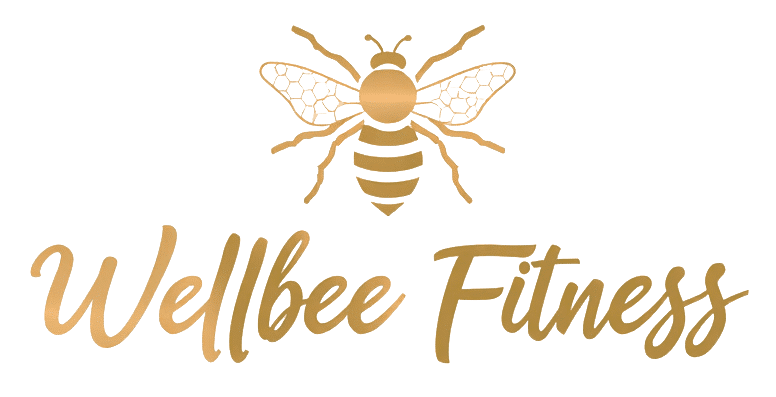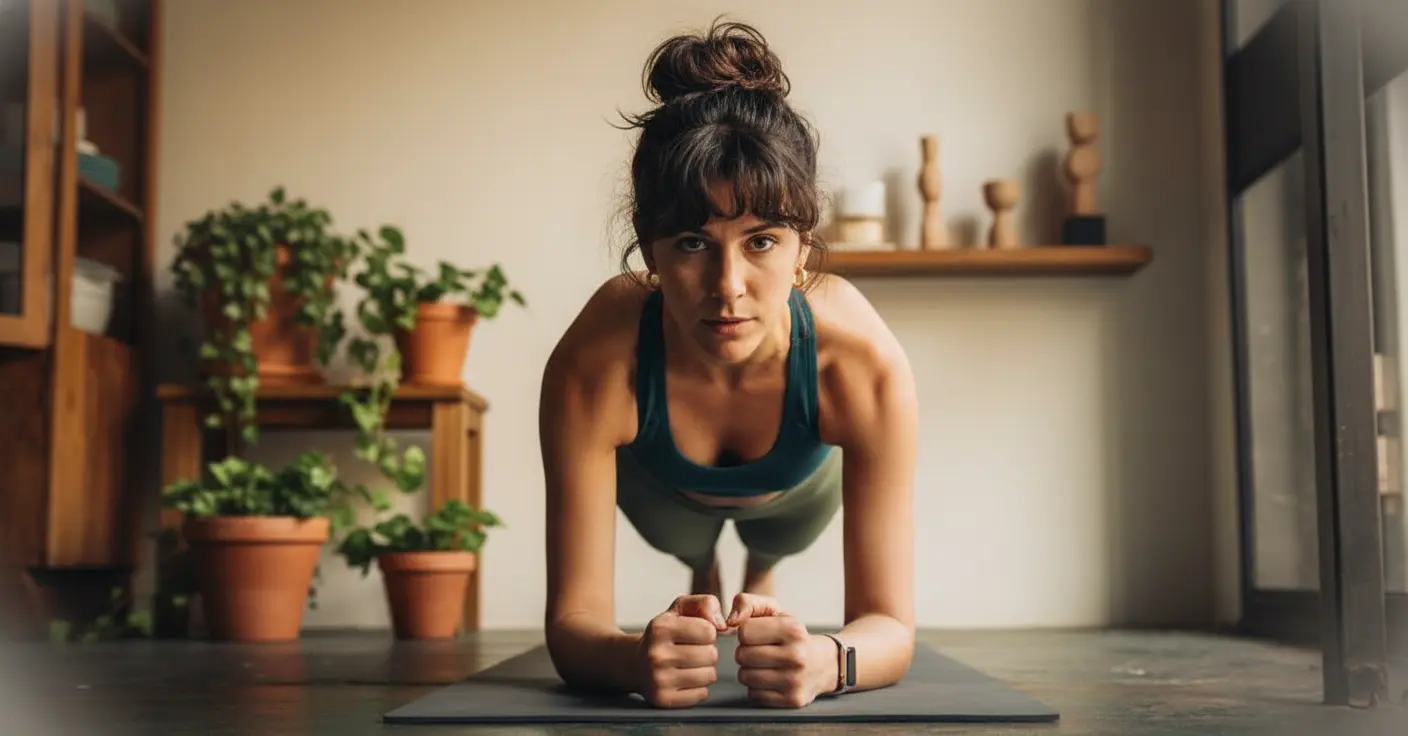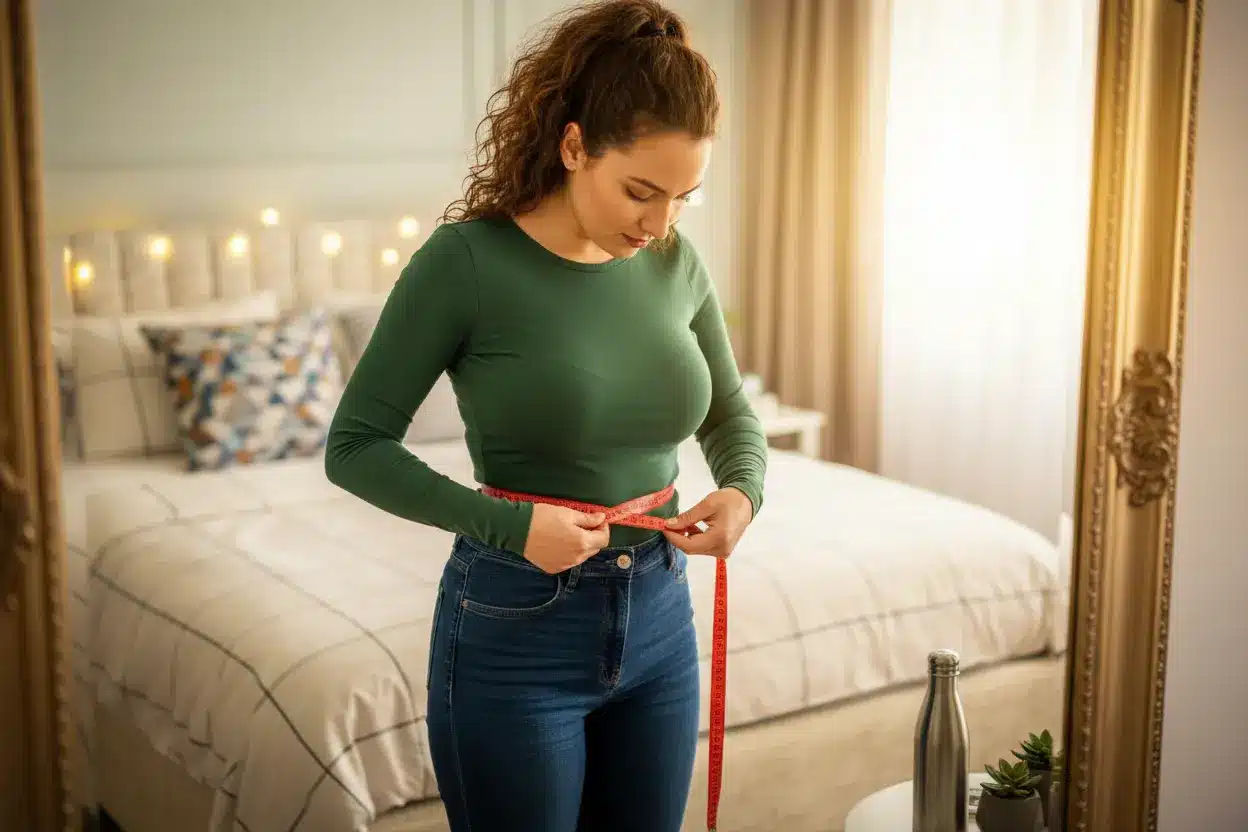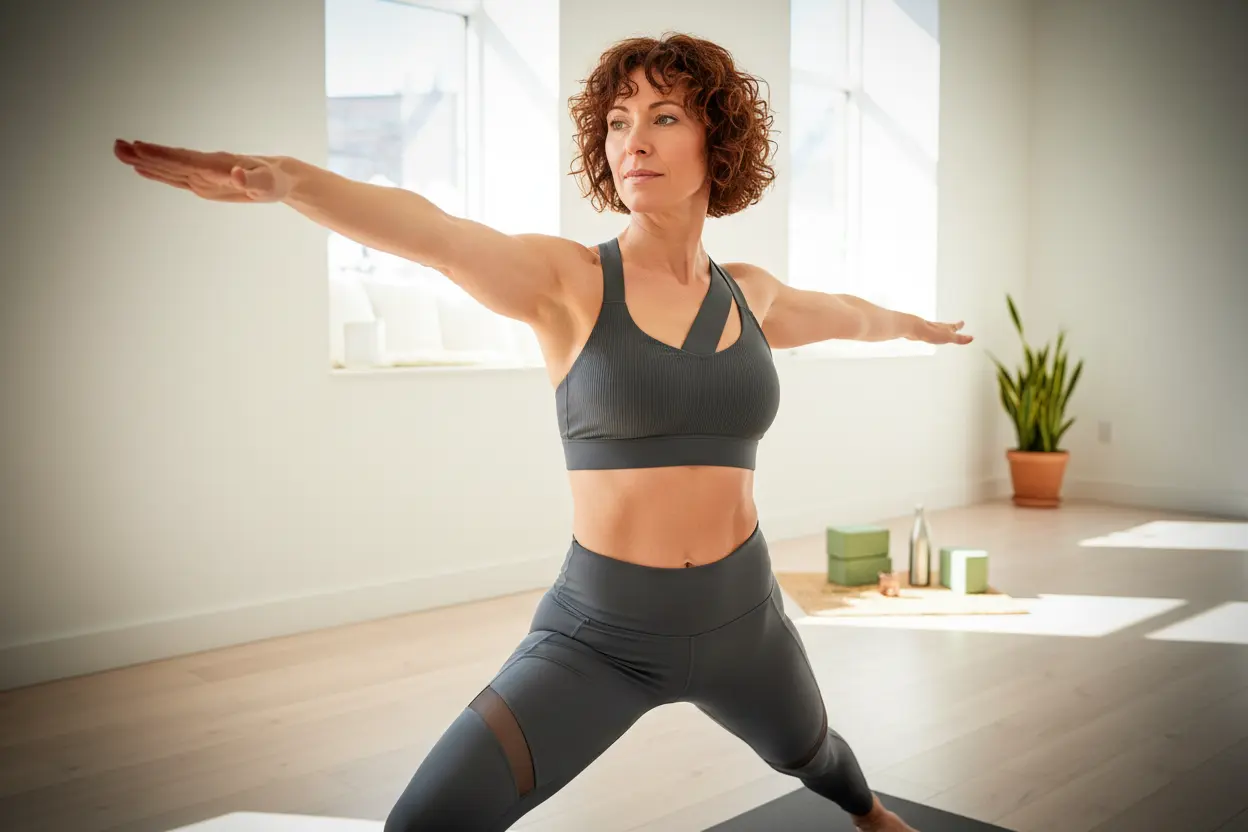Scrolling through TikTok lately? Then you’ve probably stumbled upon the famous « plank challenge »—the internet’s latest four-week promise for a flatter belly and a selfie-worthy core. But before you run and hunt for your yoga mat, let’s find out if those grueling daily planks truly deliver on the dream of abs in a month. The truth (and a little motivation) awaits!
What Exactly Is the 30-Day Plank Challenge?
- Launched in 2015 by American coach Anna Kaiser, the plank challenge is all about holding the plank position nearly every day for a month—just one rest day per week.
- You start easy: 20 seconds on Day 1, but by Day 30, you’re holding steady for 300 seconds (yes, that’s five whole minutes!).
- The high note? Social media swears the result is a toned, flatter belly in only four weeks. The numbers are dazzling: the #plankchallenge hashtag has already racked up over three billion views on TikTok.
Do Planks Really Flatten Your Belly in 30 Days?
Let’s bring in the experts—because, unfortunately, dreams are easy, abs are not. Sports physician Victoria Tchaikovski pulls no punches: the aesthetic results of the plank challenge are very limited. The reason? Those coveted surface muscles, the ones that create the “chocolate bar” look, barely get a workout during planking. At best, repeating the plank might help you shave your waistline a fraction by toning your transverse abdominis—but it won’t give you that « sculpted muscles » effect.
On top of that, don’t expect a dramatic fat-burning miracle. Planking is an isometric exercise, meaning you simply hold a contraction, not repeat countless crunches. While your core will work, the move isn’t demanding enough to give your cardio a jolt or torch much body fat.
So, Is It Useless? Absolutely Not—Here’s What Planking Does Do
Don’t put that plank on the shelf just yet. Anouk Hamel, sports coach, explains: the regular plank is actually a fantastic way to tone your deep core—think transverse abdominis, obliques, and pelvic floor. With these muscles stronger, your posture soars and back pain can fade into distant memory. In fact, as Tchaikovski adds, the stronger those deep abs, the more they help carry your bodyweight, limiting inflammation and lower back issues.
There’s even more to love:
- No risk for your pelvic organs—unlike classic crunches, the plank is hypopressive, meaning it doesn’t put pressure on your perineum (always a plus, for anyone who likes to keep things where they belong).
- Your vertebrae remain motionless, so the odds of tweaking your back are basically nil.
Want a Flatter Belly? Planking Alone Isn’t Enough
Here’s the spoiler: if it’s dramatic, visual change you’re after, you need to expand your toolkit. Hamel recommends combining the plank challenge with:
- Other strength-training exercises
- Cardiovascular workouts to boost calorie and fat burn
- Pilates classes for elegant, comprehensive muscle sculpting
- Daily steps: Aim for 7,000 to 10,000 for bonus points
And don’t dare underestimate the kitchen! The sports physician is clear: diet plays a starring role in visible results. To lose fat in just a few weeks, you need a caloric deficit—burning more calories than you eat. So, if your meal plan looks like “apple pie and Diet Coke” but your workout is full-on “pump like an American,” you’re just spinning your wheels.
Ham-fisted effort won’t undo a bad diet (as some say, you rarely see Ethiopians or North Koreans obese—except, perhaps, in the government). Food matters, folks!
Takeaway: Planks Are a Piece of the Puzzle, Not a Magic Wand
To sum up: planking is a great, safe way to strengthen your core and improve posture, but on its own, it won’t chisel your abs in thirty days. Blend it with strength and cardio workouts, walk daily, and make friends with veggies and protein in your meals. Oh, and maybe ease up on those empty calories—your abs will thank you, and so will your Instagram followers!
If you want a smart alternative that’s easy on your pelvic floor, try a gentle Pilates move instead. That way, you can work your muscles delicately, without risk.
Above all, getting a flatter belly should be something you do with pleasure—and definitely without discouragement. Yes, that means giving your best, but also giving yourself a break. After all, the journey to a healthy, happy core isn’t a 30-day sprint. It’s a life-long (and selfie-filled) adventure.

John is a curious mind who loves to write about diverse topics. Passionate about sharing his thoughts and perspectives, he enjoys sparking conversations and encouraging discovery. For him, every subject is an invitation to discuss and learn.






